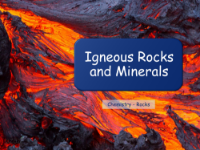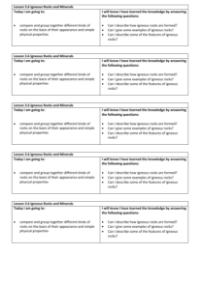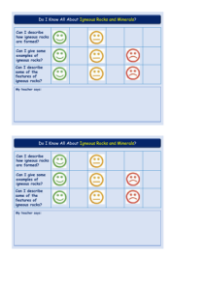Igneous Rocks and Minerals - Teacher Explanation

Science Resource Description
Welcome to Lesson 3.6 on Igneous Rocks and Minerals, part of the Year 3 Unit on Rocks. This lesson aligns with the national curriculum, aiming to help pupils compare and group different types of rocks based on their appearance and simple physical properties. A word of caution regarding health and safety: some rock samples may have sharp edges, so pupils should handle them with care. Additionally, after handling rocks, it's important that pupils wash their hands thoroughly. Microscope slides will also be used, so ensure they are free from any chips or breakages. The lesson offers cross-curricular opportunities, allowing pupils to explore volcanoes and the types of rocks they produce, delve into the historical eruption of Vesuvius and its impact on Pompeii and Herculaneum, and investigate the geography of the Ring of Fire.
Pupils will delve deeper into how igneous rocks are formed, distinguishing between intrusive rocks, which form inside a volcano, and extrusive rocks, which form outside. The lesson includes practical experiments to explore the rate of cooling on crystal size using potassium aluminium sulphate (alum), a safe chemical used in food preservation. Through this experiment, pupils will observe the relationship between cooling rates and crystal formation, mirroring natural processes. They will also examine igneous rock samples to determine whether they are intrusive or extrusive based on crystal size and cooling rates. Additionally, the lesson involves investigating minerals found in rocks, examining characteristics such as appearance and hardness using the Mohs scale, and conducting tests to determine mineral hardness and streak colour. This comprehensive lesson aims to provide a hands-on understanding of igneous rocks and minerals, enhancing pupils' knowledge and engagement with geology.







